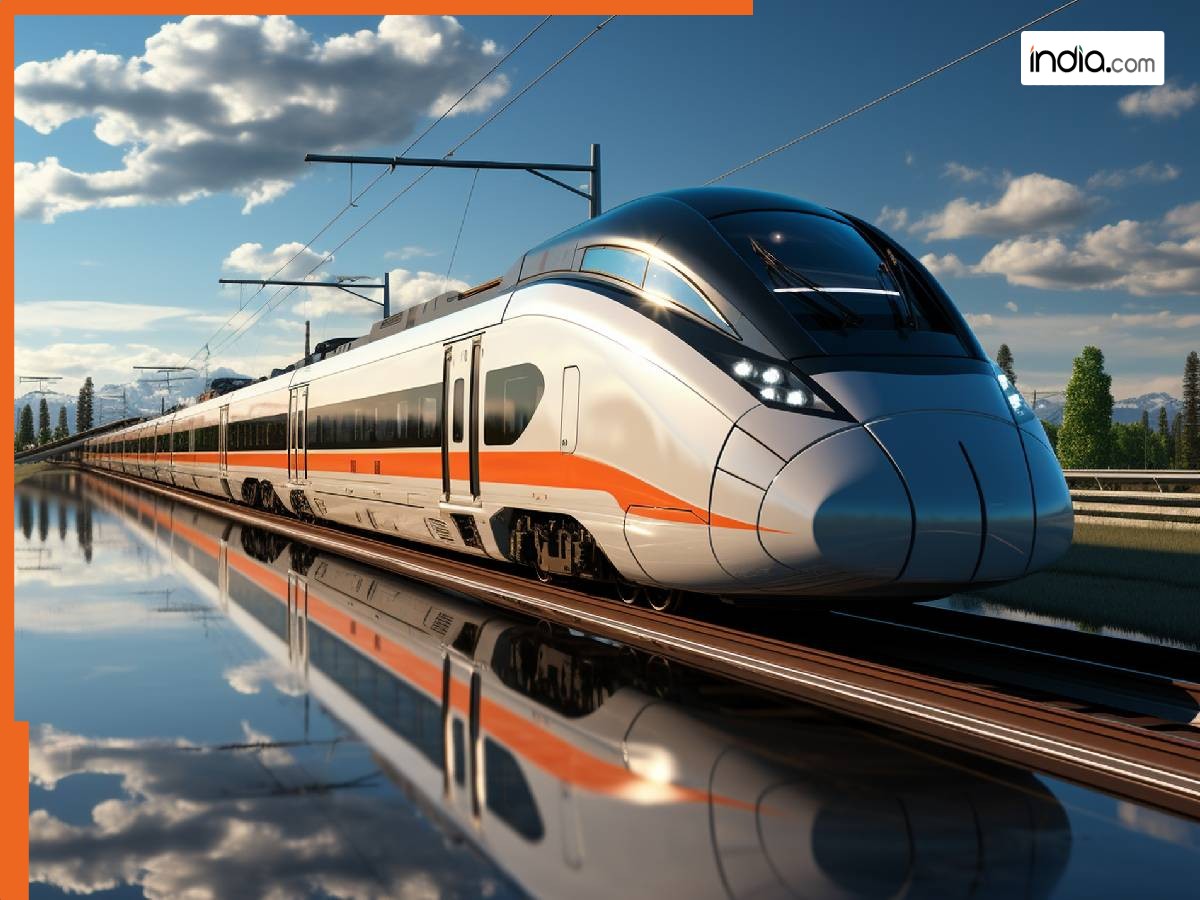Delhi to Mumbai in less than 2 hours! World’s Fastest Train ready to hit the track, operational in THIS country, top speed is…
Unlike its predecessor, the CR400 Fuxing, the CR450 is built to operate at a commercial speed of 400 km/h, which is 50 km/h faster.

New Delhi: In a major development, the world’s fastest high-speed train made headlines after reaching a speed of 896 km/h during a trial run. Developed by China, the train is codenamed “CR450” and designed to operate commercially at a speed of 400 km/h, making it 50 km/h faster than the current CR400 Fuxing trains. It is important to note that the CR450 has broken the previous record held by Japan’s experimental Maglev L0 Series, which had reached 603 km/h.
Here are some of the key details:
- The new train will connect the Shanghai and Chengdu routes.
- This engineering marvel is being hailed as the world’s fastest electric multiple unit (EMU).
- The train is currently undergoing operational evaluation.
- Before receiving approval for commercial passenger service, it must successfully complete at least 600,000 kilometers of trial runs
- The China Academy of Railway Sciences has developed the CR450, which is now in the final stage of testing.
- Its goal is to achieve a commercial operating speed of 400 km/h, surpassing older models that run at 350 km/h.
- The CR450 boasts remarkable acceleration capabilities — it can reach 350 km/h in just 4 minutes and 40 seconds, compared to the Fuxing EMU’s 6 minutes and 20 seconds, making it 100 seconds faster.
Here are some of the major upgrades in the train’s design
- Engineers have made significant aerodynamic improvements to the train over a five-year period
- The engineers have drawn inspiration from the shape of a hawk’s beak and an arrowhead.
- The CR450 has a highly specialized design.
- Unlike its predecessor, the CR400 Fuxing, the CR450 is built to operate at a commercial speed of 400 km/h, which is 50 km/h faster.
- The CR400 Fuxing trains are currently in service, but the new model offers substantial efficiency gains.
- To reduce aerodynamic drag by nearly 22%, the roof height has been lowered by 20 centimeters, and the overall weight reduced by 50 tons.
- Despite its higher speed, the CR450 consumes the same amount of energy as the CR400, showcasing remarkable advancements in design and efficiency.
What's Your Reaction?





















































